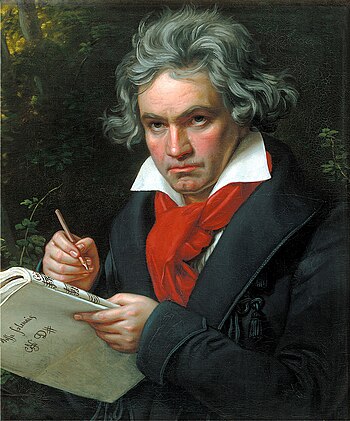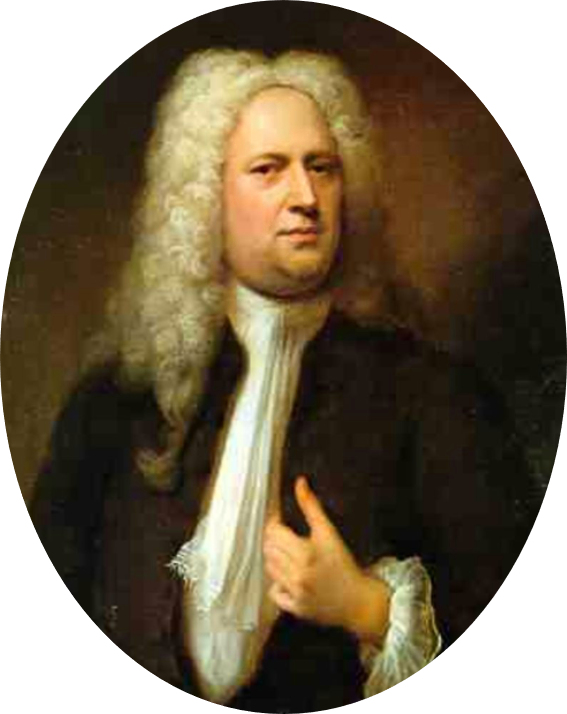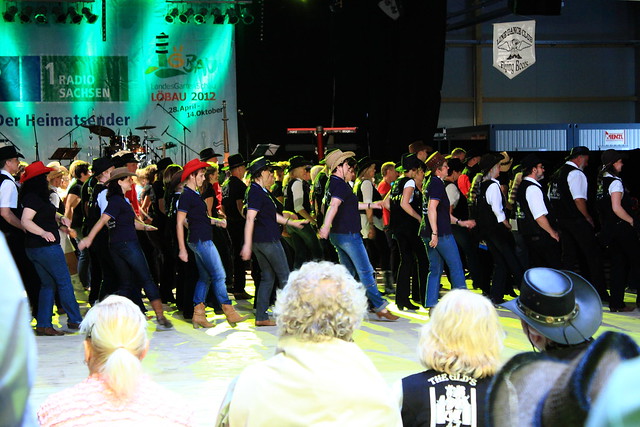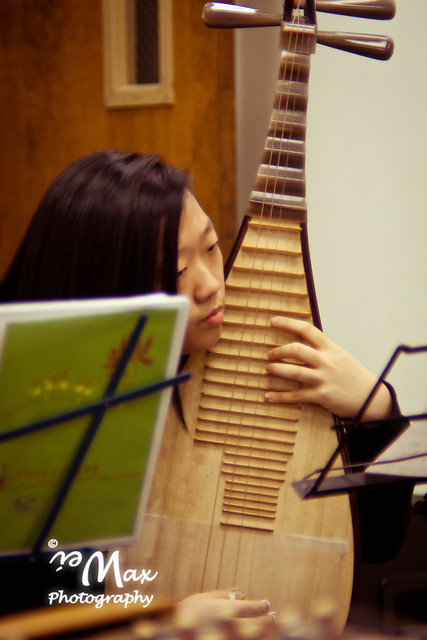 |
| The painting is described thus: "Ludwig van Beethoven was recognized as a child prodigy. He worked at the age of 13 as organist, pianist/harpsichordist, and violist at the court in Bonn, and had published three early piano sonatas. This portrait in oils is the earliest authenticated likeness of Beethoven." (Photo credit: Wikipedia) |
Born in 1770, Ludvig van Beethoven was one of only three of his parents’ seven offspring children to survive infancy. Yet the world of music owes this chance event an immeasurable amount because he would go on to be one of a handful of composers to grace the art form with a style and quality that is truly unique. His father was his first music teacher, a proficient tenor, and his grandfather on the paternal side had been Kappelmeister at the court of Clemens August of Bavaria. Music was in his blood, and he started playing viola and organ at a very early age, although he was not a prodigy in the Mozart mold – despite his father’s attempts to declare that Ludwig was seven for an early performance when he was in fact nine. However, he was certainly a talented youngster and published his first three piano sonatas in 1783. He died in 1827 and it is said that as many as 30,000 people attended his funeral procession.
How Beethoven’s deafness has helped interpreters
Beethoven’s genius is merely underlined by the fact that he started to lose his hearing in his late twenties, yet continued through intense frustration and anguish to compose some of music’s most complex and beautiful pieces. For the historian and student of his music, however, the composer’s deafness created a unique opportunity to appreciate the composer. Because he could not take part in an oral conversation, he would carry with him notebooks and have conversations with people in writing. These people could be performers, conductors, students or masters, and the notes survive today to give a unique insight into not only the man, but his art, too – among his notes are specific instructions on how to play many of his compositions and descriptions of his emotional state and day-to-day life, all of which are priceless to the modern interpreter.
Beethoven’s major piano works<
 |
| Portrait of Ludwig van Beethoven when composing the Missa Solemnis (Photo credit: Wikipedia) |
During Beethoven’s life, the piano as an instrument became much more accepted as an instrument, partly due to technological enhancements that meant a piano could hold its own with a full orchestra whilst retain its warmth, tone, sustain and power in the chamber setting. The harpsichords, spinets, and clavichords of the past would eventually lose popularity among composers and audiences. The timing could not have been more perfect for Beethoven; he would become a master at both performing on and composing for the piano. He is usually regarded as having composed five piano concertos, although his piano arrangement of his Violin Concerto in D Major is sometimes referred to as his Piano Concerto No. 6. Beethoven was a prolific composer of piano sonatas; altogether there are 32 of them, and many are well known, even among people with no interest in classical music. His best-known piano sonatas are “Moonlight”, “Waldstein”, “Pathétique” and “Pastoral” (not to be confused with his Pastoral Symphony). He also left copious amounts of chamber music, much of which had a piano (or more than one piano) as an integral part, along with his string quartets, duos, and quintets.



















